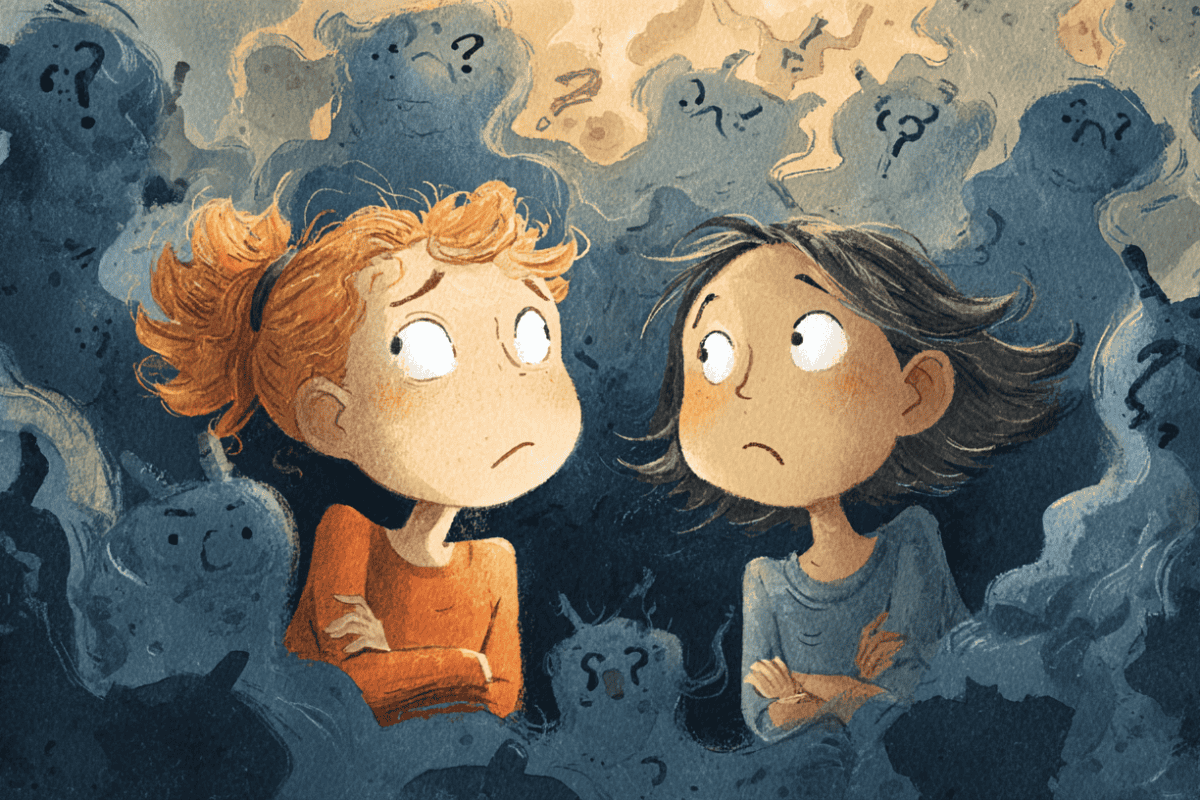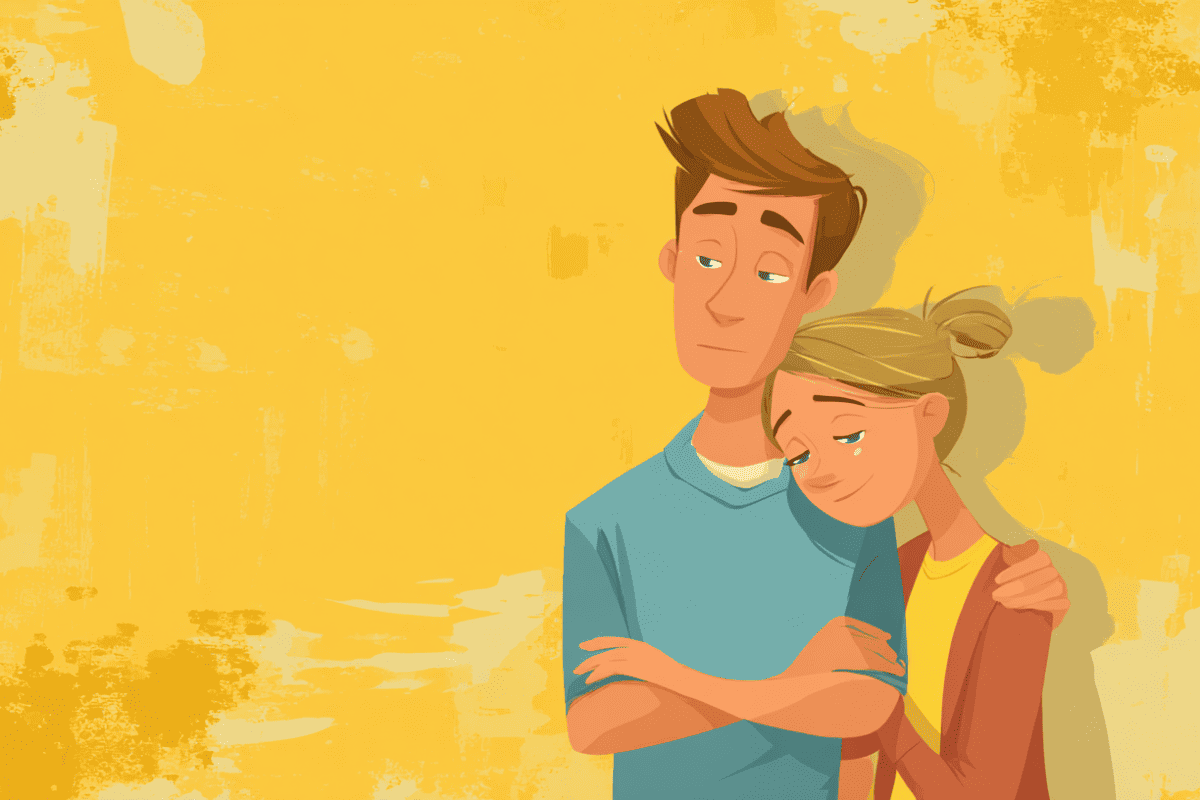The Gallbladder: A Summary
A gallbladder attack occurs when there is a problem with the gallbladder.
The gallbladder is an organ that most people do not pay much attention to. Many do not even know where it is located or what its function is within the body.
The gallbladder belongs to the digestive system. It is located on the right side of the belly. This organ is a small, pear-shaped pouch that is beneath the liver. Its main function is to receive and store bile, also called gall, that the liver produces.
Bile is a dark-green-to-yellowish-brown fluid that helps the body break down and digest fats from food. The bile acids play a critical role in the digestion and absorption of fats and fat-soluble vitamins in the small intestine.
A gallbladder typically holds around 30 to 80 milliliters (1 to 2.7 fluid ounces) of bile. Before a meal, a full gallbladder is about the size of a pear.
When food containing fats enters the digestive tract, signals are sent to the gallbladder to release the bile into the small intestine to aid with the digestion of fat.
After meals, the gallbladder becomes empty and flat, much like that of an inflated balloon.
What are gallstones?
Gallstones are one of the most common gallbladder disorders that people can experience. This condition usually causes no pain at all. Most gallstones either remain in the gallbladder or are passed along the biliary system without any symptom or complication.
Gallstones are formed when the bile crystallizes and hardens. The bile becomes saturated usually with cholesterol or bilirubin. These gallstones can block the release of bile from the gallbladder.
Although common and usually harmless, gallstones can cause pain and discomfort during attacks or episodes wherein they cause a blockage in the gallbladder.
Gallstones can be diagnosed through ultrasound and are often managed by waiting for it to be passed naturally.
Removing the gallbladder through surgery is an option for those with chronic gallstones.
Common causes of gallbladder attacks:
- cholangitis (bile duct inflammation)
- gallbladder polyps
- gallbladder cancer
- gallstones
Gallstones are the most common source of a gallbladder attack, also known as gallstone attack, acute cholecystitis, or biliary colic. The blockage of gallstones may cause pressure that may lead to rupture.
Signs and Symptoms:
1. Belly pain
It is often described as a gnawing pain that may last for several minutes to hours. The pain often makes it very difficult to sit still.
It starts in the upper right portion of the stomach, under the ribs then it will radiate outwards, moving gradually to the center of the belly or upper back.
A gallbladder attack pain usually lasts for 15 minutes but can continue or linger for hours and can sometimes even wake a person from sleep.
Steady pains, particularly after meals, are a common symptom of gallbladder stones.
2. Pain between the shoulder blades
While the pain of a gallbladder attack is typically felt in the abdominal area, the pain can also spread to the upper back between the shoulder blades.
The pain tends to affect the right shoulder blade, particularly, and can also spread into the entire shoulder area.
The pain spreads because the nerves in the gallbladder extend to the muscles at the back, more specifically, the area surrounding the right shoulder blade.
3. Fever
The presence of fever is a characteristic symptom of gallbladder infection. The body’s immune system is trying to suppress an infection that is occurring with the body.
Fever generally does not occur with a typical gallbladder attack. A sudden temperature spike, especially if accompanied with other gallbladder-related symptoms, could indicate the development of gallbladder gangrene or rupture, or the development of a bloodstream infection.
4. Nausea and vomiting
These are common symptoms of all types of gallbladder problems. This symptom typically shows up after a heavy and fatty meal.
Abdominal discomfort can also accompany this symptom. Vomiting may help get rid of some of the gas pressure and stomach pain.
Since the gallbladder plays a role within the digestive system, any problem with it directly affects digestion.
5. Heart palpitations and chest pains
The pain brought by a gallbladder attack causes the body stress which triggers the heart to beat faster or harder than it usually does.
A gallbladder attack can sometimes be mistaken as a heart attack. When there is a blockage or infection in the gallbladder or bile duct, acid is trapped in the stomach and gets pushed up into the chest, resulting in a heart attack-like pain.
The pain is described as a burning sensation in the chest that radiates upward to the upper abdomen and neck.
6. Bloating
When the gallbladder doesn’t function well, the digestive process gets disrupted. The food doesn’t move through the body as it should.
This may cause a person to feel strangely full for an extended period of time, even after consuming a small meal.
Digestion is also slowed down which makes the food stay longer in the stomach.
The body may try to relieve the bloated feeling by burping or belching.
7. Jaundice
When the gallbladder is blocked, the bile has nowhere to go so it remains and gathers in the liver.
The buildup of bile increases the levels of bilirubin in the blood which in turn causes jaundice.
Jaundice is the yellowing of the skin and whites of the eyes.
8. Urine changes
Gallstones are made up of a mixture of cholesterol, bile pigment, and calcium salts. If they build up in the gallbladder, the bile pigment can cause urine to turn dark brown or yellow.
9. Stool Changes
When the gallbladder becomes blocked, the color of the stool can become pale or clay-like in color.
A gallstone attack can also cause explosive, and loose bowel movements. Diarrhea can also become a common result of gallbladder attacks.
Pain that tends to come and go can also accompany this symptom.
10. Dizziness
Although not a common symptom of a gallbladder attack, dizziness can still happen.
Dizziness may occur because an infection in the gallbladder may have spread to the bloodstream. This causes the body to go into shock and blood pressure can drop dramatically.
The drop can cause dizziness as well as confusion, lightheadedness, and fainting.
This article has been sponsored by AdGate Media
Digital Health Buzz!
Digital Health Buzz! aims to be the destination of choice when it comes to what’s happening in the digital health world. We are not about news and views, but informative articles and thoughts to apply in your business.





3 comments
rachel frampton
September 28, 2020 at 12:12 pm
I always feel nauseated due to my gallbladder problems, which is why I’m currently looking for a general surgeon that may address this concern. Well, I agree with you that the pain the belly usually last for 15 minutes or even an hour. Although it never occurred to me that the presence of fever may also indicate that a person’s gallbladder is suffering.
Michael Anderson
February 9, 2022 at 5:59 am
My mother had her gallbladder taking out and ever since she’s been having dizzy spells there so bad she thought she was dying
Gwendolyn Singleton
September 12, 2023 at 4:46 pm
Can a gallbladder infection be miss diagnosed as Crohn’s disease?